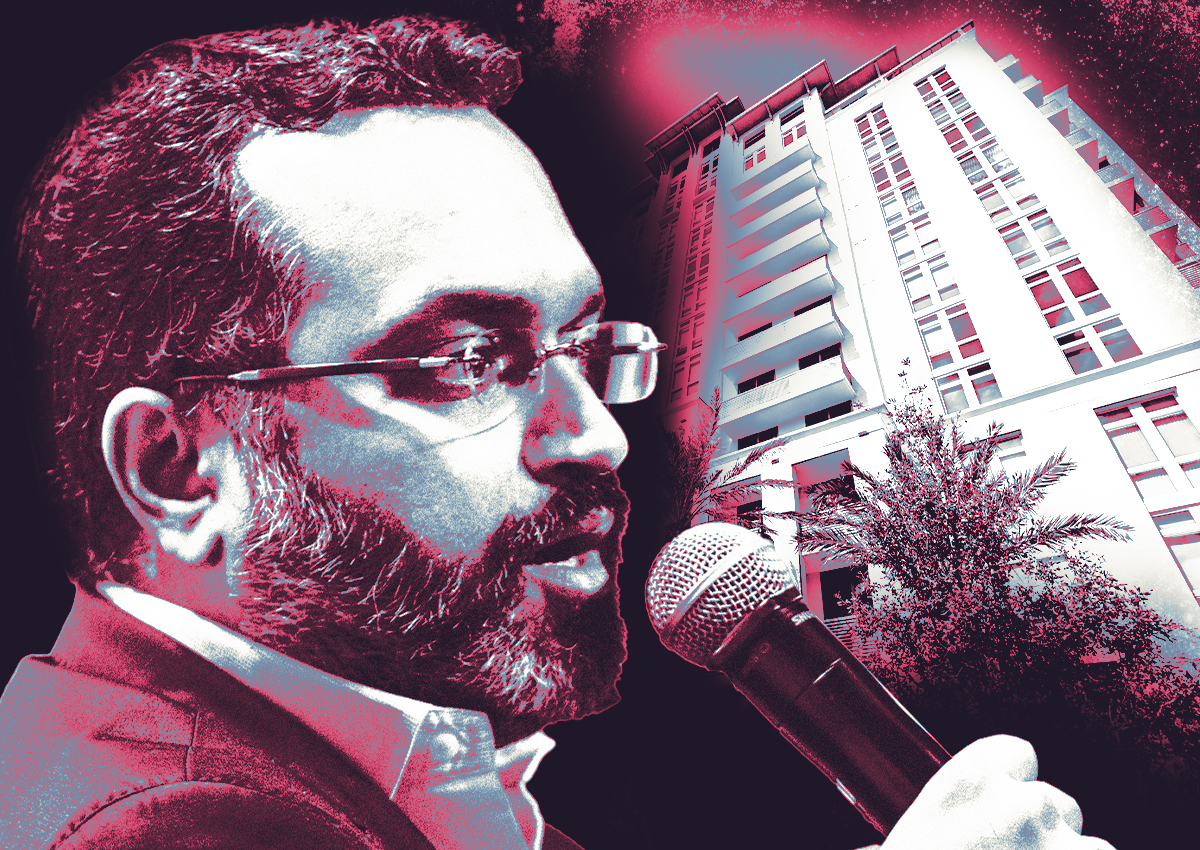Confused by the Housing Market? You’re Not Alone! We Explain the Head-Spinning Contradictions
Confused by the Housing Market? You’re Not Alone! We Explain the Head-Spinning Contradictions
Lately, the housing market just seems to defy logic. Mortgage rates refuse to come back down, contrary to the predictions of experts. Home prices continue to rise despite those high rates. And all of those forecasts of more homes coming on the market? In more than three years, it simply hasn’t happened.
What is going on in this contradiction-riddled housing market?
Common sense would suggest that those high home prices and mortgage rates would have cooled off by now. What goes up must come down, right? But many other factors are at work keeping both prices and mortgage rates high—and homebuyers frustrated.
Realtor.com® broke down some of the biggest head-scratchers today to figure out why the housing market is behaving in ways that are boggling the minds of just about everyone following it.
“The best illustration of how unexpected this housing market is in 2023 is to look at the forecasts of what people thought would happen and what actually happened,” says Realtor.com Chief Economist Danielle Hale. “There’s not quite as much momentum in the housing market as we’d thought.”
In the meantime, real estate experts will continue to make predictions—until the market does the next unexpected thing and those predictions are scrapped and revised yet again.
Why haven’t home prices fallen?
After the steep run-up in home prices over the past few years, many buyers have been waiting for them to come back down. Plenty of prominent real estate professionals predicted that high mortgage rates would force prices to dip. There’s a limit to how much buyers can afford, after all.
Except that’s not what happened.
Sure, median list prices tumbled a bit in some of the markets where they had risen the most during the COVID-19 pandemic. (Austin, TX, and Miami, we’re looking at you.) But nationally, prices flattened out, dipping just slightly then going right back up again.
They’re now surging in some of the traditionally more affordable parts of the country, including the Rust Belt and Midwest. The phenomenon is due to buyers priced out of more expensive areas now chasing affordability wherever they can still find it. This is, ironically, driving prices up in these areas.
While high prices and rates are formidable hurdles to homeownership, there are still buyers out there who can make the math work. Amid a severe housing shortage, buyers are forced to compete for a limited number of properties, driving prices up further in bidding wars.
“A lot of buyers are surprised that prices have held on as long as they have,” says Hale. “Demand and supply are relatively balanced, so that has kept prices roughly stable at very high levels.”
Historically, high prices and high rates aren’t as odd of a combination as they may seem. Increases in mortgage rates have been associated with small price increases in the past, says Laurie Goodman, a fellow at the Urban Institute, a think tank.
Typically, when rates are high, the economy is doing so well that the U.S. Federal Reserve is raising rates to get inflation under control. When the economy is robust, more folks are in a position where they are likely to want to buy homes. That extra competition can nudge prices up.
“During periods of high rates, you have less buyers and less sellers,” says Goodman. “But there are enough people who can afford to buy. [And] home prices aren’t going down because the economy is strong.”
Instead, it’s the number of home sales that falls.
Sales of existing homes, which excludes new construction, dropped 16.6% year over year in July. This was the most recent month that data was available from the National Association of Realtors®.
“The market essentially freezes up,” says Ken Johnson, a real estate economist at Florida Atlantic University in Boca Raton. “The number of transactions drops dramatically.”
Mortgage rates are higher than they could be
Mortgage rates are also higher than many believe they could, and should, be.
That’s because while mortgage rates are influenced by the actions of the Fed, investors also play a large part in which direction they go. They averaged 7.19% for 30-year fixed-rate loans in the week ending Sept. 21, according to Freddie Mac.
Here is where it gets technical. Rates could be a full percentage point lower than they are today due to something called the spread between mortgage rates and 10-year U.S. Treasury bonds. (The 10-year Treasury bond is typically compared with mortgage rates, because it’s more similar to how long many homeowners own their properties before selling them.) The spread is larger than normal, which suggests there is room for mortgage rates to come down.
Higher mortgage rates reflect “the fact that there’s a lot of uncertainty around interest rates the Fed controls and what the future of the economy is,” says Goodman.
Still with us? You also need to factor in what’s going on in the secondary mortgage market—a head-spinning set of circumstances that are also pushing up mortgage rates.
For one, lenders rarely hold onto a mortgage loan once it’s made because they want to free up cash to make new loans. So mortgages are typically bundled together into mortgage securities, better known as mortgage bonds, and sold to investors in the secondary market. When bond prices are lower, mortgage rates go up to entice investors to purchase them.
Finally, investors are worried that the Fed may jack up its rates again—which is also likely to result in higher mortgage rates. Investors want to be compensated for the length of these potentially shorter loans (due to future refinancing when rates come back down) as well as the general uncertainty of the housing market.
The day after the Fed hinted last week that another rate hike is possible this year, mortgage rates spiked to 7.47% on Thursday, according to Mortgage News Daily.
“Mortgage rates could cool a bit to the 6% or 5% range next year,” says Yelena Maleyev, senior economist at KPMG. “But there are risks that they could even climb higher.”
With few homes on the market, new construction gets a boost
Many real estate experts predicted more homes would come up for sale this year, which hasn’t happened. Instead, newly constructed homes saw strong sales.
“Those two things do not usually go hand in hand,” says Devyn Bachman, senior vice president of research at John Burns Real Estate and Consulting, a company that works in the new-construction space. “There’s logical reasons why all these oddities are 1695717297 happening.”
Builders are more successful now because they’re buying down mortgage rates, says Bachman. Some of them are buying rates down to the 5% range either temporarily or for the length of a buyer’s 30-year, fixed-rate loan. Builders are also lowering their list prices and contributing to buyers’ closing costs.
New homes have historically been more expensive than existing ones. But the price gap has narrowed, with new homes costing a median of $436, 700 in July compared with $406,700 for a home on the resale market.
So the builder incentives and the narrowing price gap can wind up making new construction more affordable than an existing home in certain circumstances.
Many of the homes that are being snapped up are also new construction—because there are more available. The higher rates have kept a lid on the housing inventory, leading many homeowners who would have been sellers to hold off for now.
“We call it a mortgage winter. People are frozen in place,” says Maleyev. “If they don’t have to move, [because of] marriage, divorce, death, or change in jobs, they will think twice about listing their home and moving out in a market where rates are now double what they had.”

.png?itok=u7sxcbMU)

